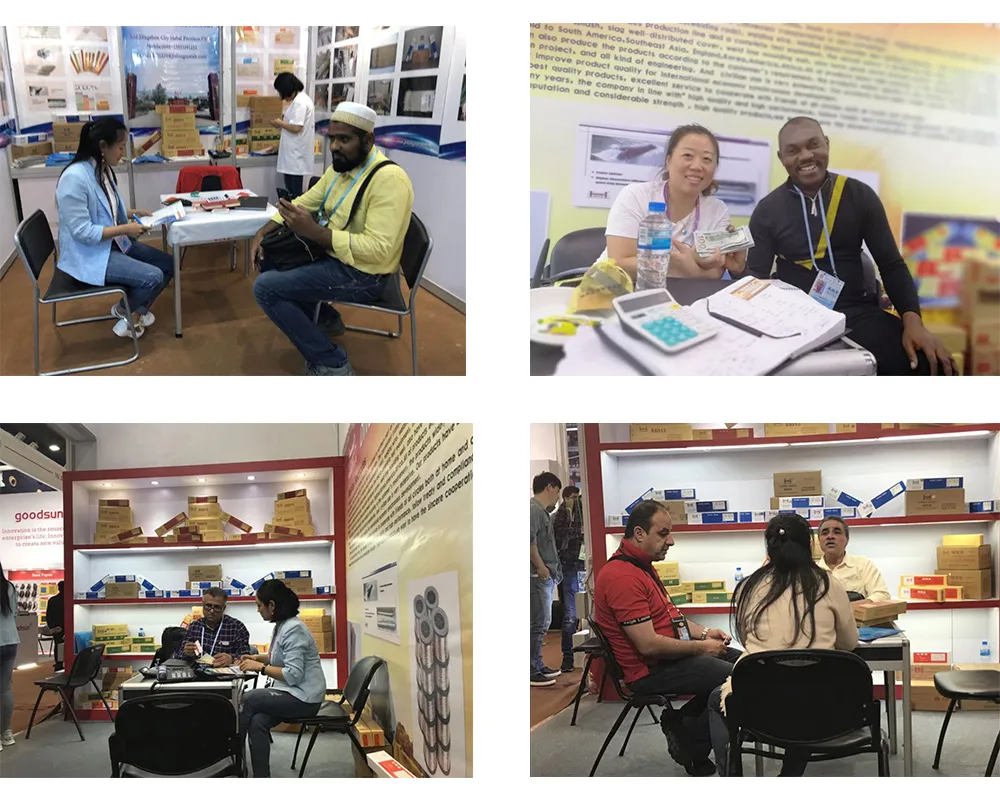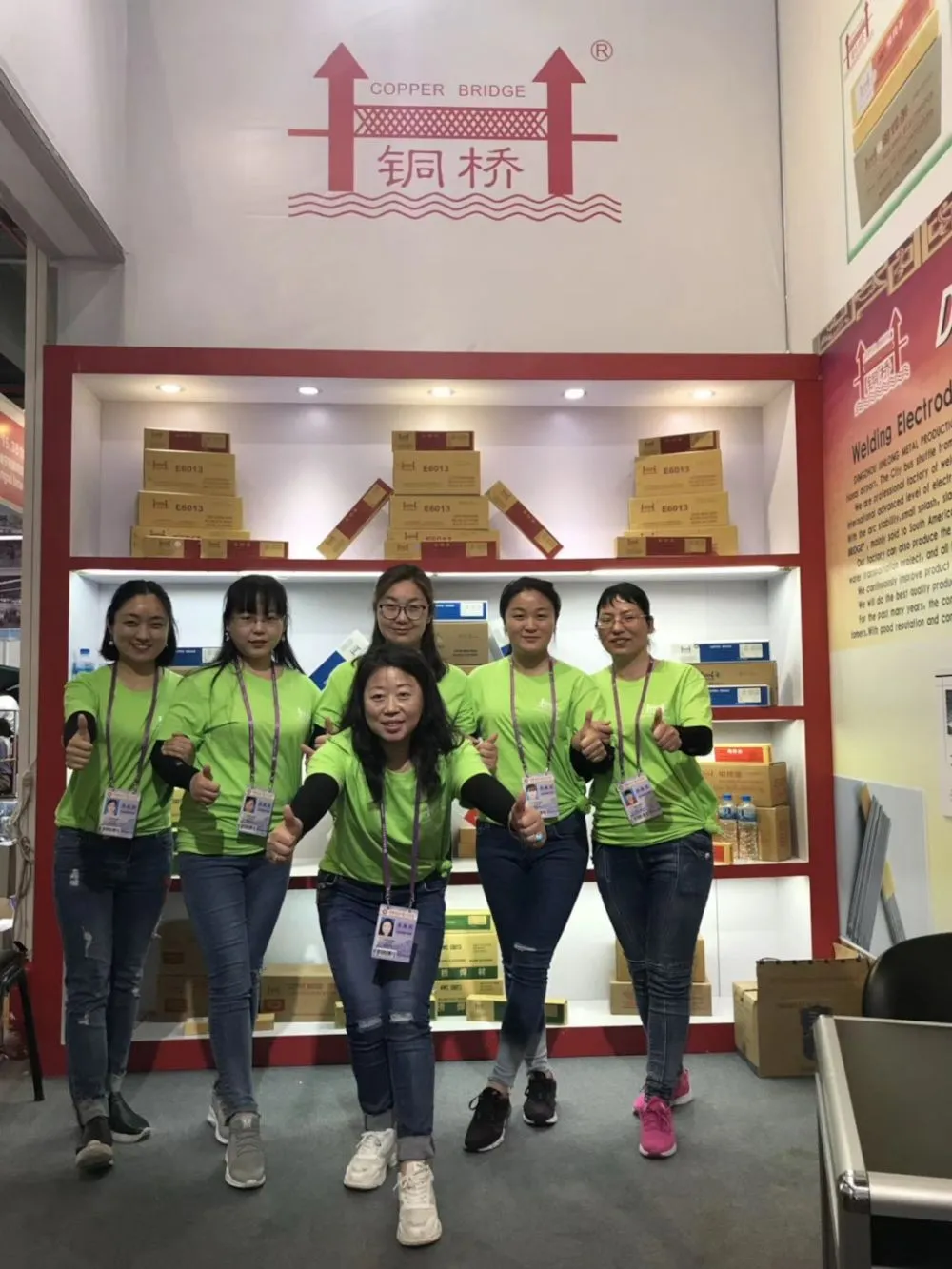electrode for ss 304
Feb . 15, 2025 10:31
Understanding the intricacies of selecting the right electrode for 304 stainless steel (SS 304) can significantly impact the quality and durability of your welding projects. SS 304, an austenitic stainless steel, is widely renowned for its exceptional corrosion resistance and formability, making it a preferred choice in various industrial applications such as food processing, chemical processing, and nuclear engineering. This article delves into expert insights, real-world experiences, and authoritative guidelines to offer a comprehensive guide on choosing the most suitable electrode for SS 304 welding.
3. Authoritativeness in Technical Standards Adhering to authoritative guidelines, the use of E308L-16 complies with the standards set by the American Welding Society (AWS) under the classification AWS A5.4/A5.4M. This specification sets forth the requirements for electrodes and fluxes for stainless steel welding, ensuring weld quality and consistency across industries. Utilization of approved electrodes like E308L-16 assures conformity with industry standards and thus supports product liability and warranty claims. 4. Trustworthiness in Industry Practice Establishing trust through welding practices involves consistently delivering robust joins with minimal defects. E308L-16 has demonstrated exceptional reliability, offering stress corrosion cracking resistance, even under prolonged exposure to high temperatures in pressure vessel applications. The electrode's consistent performance fosters trust among engineers, project managers, and end-users alike. Moreover, it validates the investment in higher initial costs with long-term gains through reduced maintenance and extended equipment lifespan. Lastly, while E308L-16 is ideal for most applications involving SS 304, it is crucial for fabricators to perform thorough assessments of individual project requirements. Considerations such as operating temperature, chemical exposure, and mechanical stresses will guide the final decision, ensuring the welding solution not only meets but exceeds project specifications. Integrating comprehensive knowledge with real-world insights, selecting the right electrode for SS 304 is a detailed procedure that, when executed with expertise, enhances both the quality and durability of the weldment. By focusing on the right combination of electrodes and welding practices, businesses can optimize their production processes and yield products that deliver high performance in diverse applications.


3. Authoritativeness in Technical Standards Adhering to authoritative guidelines, the use of E308L-16 complies with the standards set by the American Welding Society (AWS) under the classification AWS A5.4/A5.4M. This specification sets forth the requirements for electrodes and fluxes for stainless steel welding, ensuring weld quality and consistency across industries. Utilization of approved electrodes like E308L-16 assures conformity with industry standards and thus supports product liability and warranty claims. 4. Trustworthiness in Industry Practice Establishing trust through welding practices involves consistently delivering robust joins with minimal defects. E308L-16 has demonstrated exceptional reliability, offering stress corrosion cracking resistance, even under prolonged exposure to high temperatures in pressure vessel applications. The electrode's consistent performance fosters trust among engineers, project managers, and end-users alike. Moreover, it validates the investment in higher initial costs with long-term gains through reduced maintenance and extended equipment lifespan. Lastly, while E308L-16 is ideal for most applications involving SS 304, it is crucial for fabricators to perform thorough assessments of individual project requirements. Considerations such as operating temperature, chemical exposure, and mechanical stresses will guide the final decision, ensuring the welding solution not only meets but exceeds project specifications. Integrating comprehensive knowledge with real-world insights, selecting the right electrode for SS 304 is a detailed procedure that, when executed with expertise, enhances both the quality and durability of the weldment. By focusing on the right combination of electrodes and welding practices, businesses can optimize their production processes and yield products that deliver high performance in diverse applications.
Related Video
Copyright © 2025 Dingzhou Jinlong Metal Production Co., Ltd. All Rights Reserved. Sitemap | Privacy Policy




























